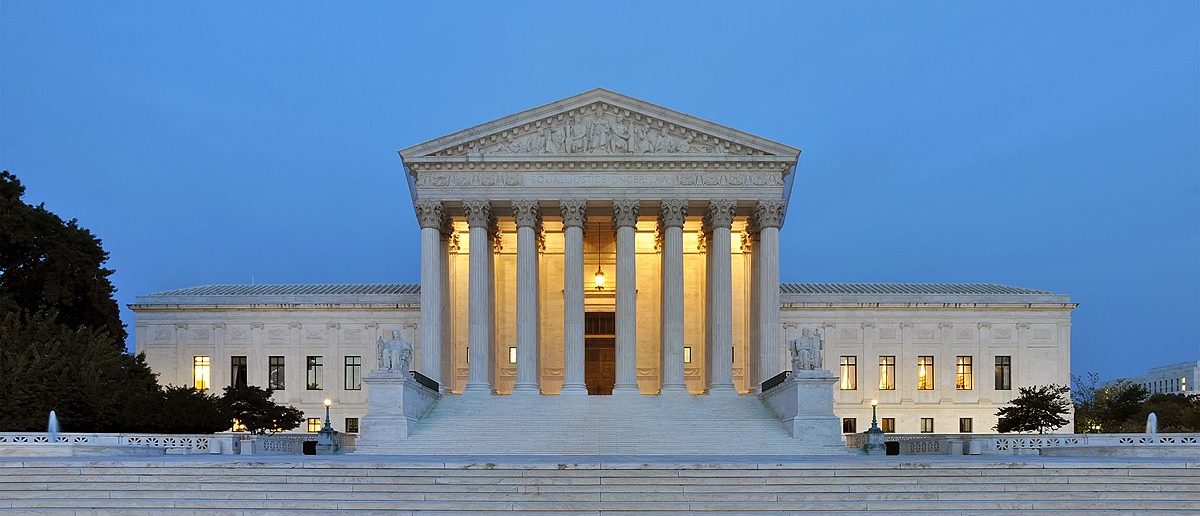Business
Ottawa Slams Eby Government Over Chinese Shipyard Deal, Citing Security and Sovereignty Risks
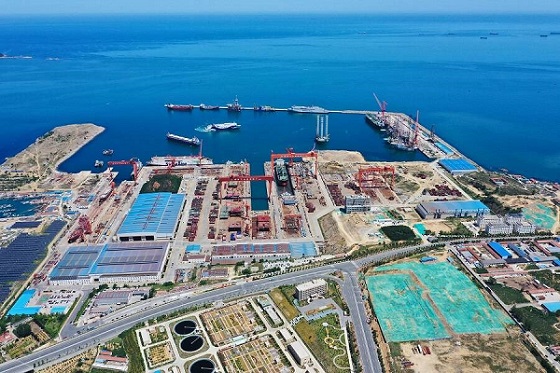
 Sam Cooper
Sam Cooper
Western security analysts have warned that China’s commercial shipyards routinely serve dual-use purposes, supporting both civilian contracts and the expansion of the People’s Liberation Army Navy. A 2024 report by the Center for Strategic and International Studies warned that foreign customers contracting with Chinese state-owned shipbuilders may be inadvertently “subsidizing the growth of China’s naval power.”
Stung by a political firestorm over his provincial government’s decision to hand a massive shipbuilding contract to Chinese suppliers that critics say could bolster Xi Jinping’s military capabilities and undermine Canadian national security, B.C. Premier David Eby late Friday night reluctantly released a searing letter from federal Transport Minister Chrystia Freeland.
The letter, dated June 16 and addressed to B.C. Transportation Minister Mike Farnworth, expresses Freeland’s “consternation and disappointment” over BC Ferries’ decision to select China Merchants Industry Weihai—a subsidiary of a state-owned Chinese conglomerate closely tied to Beijing’s military-civil fusion strategy and Belt and Road Initiative—to build four new major vessels.
“I am dismayed that BC Ferries would select a Chinese state-owned shipyard to build new ferries in the current geopolitical context,” Freeland wrote. She demanded that Farnworth “verify and confirm with utmost certainty that no federal funding will be diverted to support the acquisition of these new ferries.”
Freeland emphasized that the Government of Canada has provided “long-standing financial support” to British Columbia’s ferry system, including “approximately $37.8 million” annually under a 1977 agreement, $308 million to cover pandemic-related operating losses, and “a $75-million loan to BC Ferries to help purchase four net-zero emission ferries.”
“Given the value of the contract and the level of taxpayer funding that has been provided to support BC Ferries’ operations,” Freeland wrote, “I am surprised that BC Ferries does not appear to have been mandated to require an appropriate level of Canadian content in the procurement or the involvement of the Canadian marine industry.”
The letter, which had been withheld by Eby’s government for nearly a week, was quietly released to the public just before midnight Eastern Time Friday—only after repeated demands in Parliament by Conservative MP Dan Albas, who posted on social media: “People deserve that transparency.”
The political backlash mounted swiftly following Eby’s disclosure of the deal with China. BC Conservative leader John Rustad accused Eby and BC Ferries of failing to account for the broader strategic risks of contracting with a Chinese state-owned entity during a period of rising global tensions.
“There’s lots of rhetoric going back and forth between the United States and China, friction with Taiwan,” Rustad told Postmedia. “Who knows what may happen? Hopefully nothing by 2029 to 2031, which is when these ships are going to start to be constructed and delivered.”
It’s not a far-fetched concern. During the COVID-19 pandemic, Prime Minister Justin Trudeau’s government entered into a vaccine partnership with CanSino Biologics—a company with links to China’s People’s Liberation Army—only for Beijing to block shipment of the vaccine, abruptly collapsing the deal.
In her June 16 letter, Freeland warned the B.C. government that “ongoing concerns regarding threats to security, including cybersecurity, from China” required urgent attention. She asked for clear commitments that BC Ferries had conducted “a robust risk assessment” and demanded to be informed of the steps being taken to “reduce the risks of outside influence or control from cybersecurity vulnerabilities,” and to “mitigate the risks that vessel maintenance and spare parts may pose.”
Freeland further linked the deal to Beijing’s retaliatory economic measures, writing, “China has imposed unjustified tariffs on Canada, including 100% tariffs on canola oil, meal, and pea imports, and a 25% duty on Canadian aquatic products and pork. These tariffs have affected about 36% of Canadian agriculture businesses and are directly impacting the livelihood of Canadians.”
China Merchants Industry Weihai is a subsidiary of China Merchants Group, a massive state-owned enterprise that has played a central role in advancing Beijing’s Belt and Road Initiative since 2013. The conglomerate operates ports and shipyards across Asia, Europe, and Africa—including strategic holdings in Greece, Lithuania, Nigeria, and Djibouti—and is a central player in the Chinese Communist Party’s military-civil fusion strategy.
Western security analysts have warned that China’s commercial shipyards routinely serve dual-use purposes, supporting both civilian contracts and the expansion of the People’s Liberation Army Navy. A 2024 report by the Center for Strategic and International Studies warned that foreign customers contracting with Chinese state-owned shipbuilders may be inadvertently “subsidizing the growth of China’s naval power.”
Valued in the hundreds of millions, the contract will see the Chinese yard begin delivering the vessels between 2029 and 2031.
Rustad further told Postmedia that the province’s reliance on foreign state-controlled suppliers for strategic transportation infrastructure was “not just irresponsible, it’s a betrayal of Canadian workers and economic independence.”
The BC Federation of Labour has also raised concerns about the use of public money to finance offshore contracts that benefit authoritarian regimes, and Canadian maritime industry groups have renewed calls for a federal policy mandating domestic content in major shipbuilding procurements.
First established in 2016 under then-premier Christy Clark through a Memorandum of Understanding with China’s Guangdong province, the B.C.–Belt and Road Initiative pact laid the groundwork for collaboration on maritime trade, infrastructure, and shipbuilding with Chinese state-owned firms. Those ties expanded under Premier John Horgan, whose NDP government promoted deeper bilateral economic relations. The BC Ferries procurement—while legally made by an independent board—proceeded within a framework Premier Eby’s administration continues to support.
New research reported by The Bureau and published by the Washington-based Jamestown Foundation adds a sharp dimension to these concerns. The Foundation warns that criminal and political networks promoting Xi Jinping’s Belt and Road Initiative have been linked to Chinese transnational organized crime and covert Communist Party influence operations.
According to the report, a global syndicate known as Hongmen—also referred to as the Chinese Freemasons—has been deeply embedded in both criminal activity and Beijing’s “united front” operations, which support the CCP’s geopolitical aims including the annexation of Taiwan and BRI expansion.
“The organization’s sprawling structure includes affiliated offices across the globe from Hong Kong and Nairobi to Toronto and Madrid,” the report states. “The Chinese Communist Party has turned a blind eye as Hongmen ventures have expanded across One Belt One Road countries, in part because these organizations serve the purposes of united front work.”
The Jamestown Foundation’s findings echo longstanding concerns within Canada’s intelligence community regarding BRI-linked actors and opaque Chinese political networks operating in the country—especially in British Columbia, which remains the only jurisdiction in North America to have signed a formal Belt and Road agreement with Beijing.
Premier Eby has not apologized for the decision. He told reporters last week that the province would not interfere with BC Ferries’ independent board, which selected the Chinese yard based on cost and delivery timelines.
Whether mounting federal pressure and scrutiny from security experts will force a review remains an open question.
The Bureau is a reader-supported publication.
To receive new posts and support my work, consider becoming a free or paid subscriber.
Invite your friends and earn rewards
armed forces
How Much Dollar Value Does Our Military Deliver?
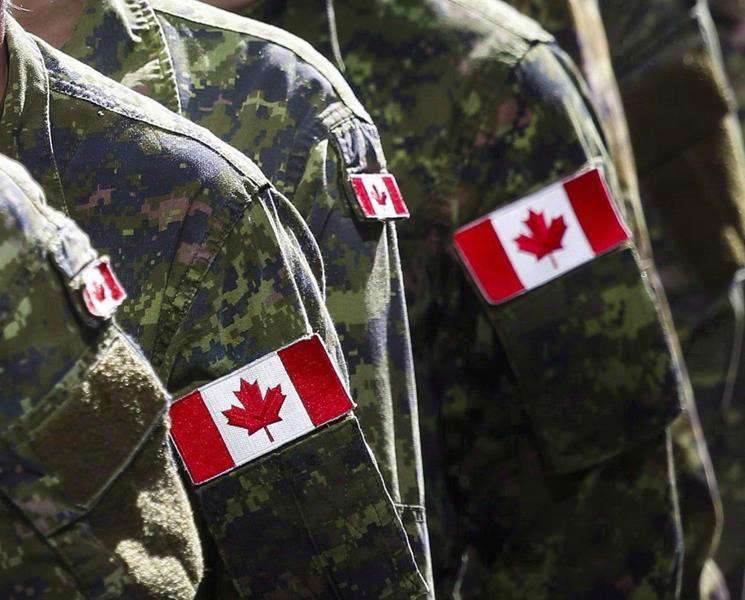
To my great surprise I recently noticed that, despite being deeply engaged in wars against at least four determined enemies, Israel doesn’t spend all that much more on their military than Canada does on its forces. What might that tell us about government efficiency?
There’s fairly universal agreement that Canada doesn’t spend enough on its military. But before we can even ask how much we should be spending, we should understand how much we’re already spending. And figuring that out isn’t nearly as easy as I’d expected.
According to the 2025–26 Expenditures by Purpose data released by the Treasury Board Secretariat, the Department of National Defence (DND) was allocated $35.7 billion (CAN). However, the New York Times recently reported that Primer Minister Carney’s $9.3 billion increase would bring the total defence-related spending to $62.7 billion – which suggests that, prior to the increase, we were set to spend $53.4 billion (CAN).
So I’ll work with both of those figures: $35.7 billion ($26 billion USD) and the pre-announcement $53.4 billion ($39 billion USD). By contrast, Israel currently spends around $37 billion (USD) on the Israel Defense Forces (IDF) which is in the neighborhood of 18 percent of their total budget.¹ The IDF is (literally) getting a much bigger bang for their buck.²
I’m going to compare the military inventories of both countries to get a sense of what a dollar of government spending can get you. I understand that this isn’t an apples-to-apples comparison and there are many complicating factors here. But I think the exercise could lead us to some useful insights. First off, here’s a very rough estimate of existing inventories:
I’m sure there are plenty of caveats we could apply to those numbers, including how much of that equipment is actually fit for service on any given day. But they’ll have to do.
In addition, there are currently 68,000 regular troops in the Canadian Armed Forces (CAF) along with 22,500 reserves, while the IDF employs 169,500 regular troops and 465,000 reserves. They also cost money.
Based on some very rough estimates,³ I’d assess the value of IDF assets at around 2.6 times the value of comparable CAF assets. That means that the IDF – using their procurement systems – would need to spend just $14.4 billion (USD) to purchase the equivalent of the current set of CAF assets.
Now compare that with our actual (pre-increase) expenditures of either $26 billion USD or $39 billion USD and it seems that we’re overspending by either 80 percent or 270 percent.
I think we’d be wise to wonder why that is.
For full context, Israel receives around $3.8 billion (USD) in military aid annually from the U.S.
Speaking of which, for simplicity, I completely left the ongoing costs of ordinance out of my calculations.
If you’re really interested, you can see my calculations here.
Subscribe to The Audit.
For the full experience, upgrade your subscription.
Business
High Taxes Hobble Canadian NHL Teams In Race For Top Players
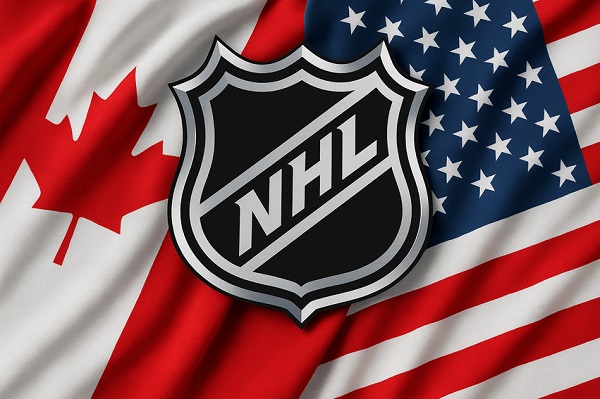
From the Frontier Centre for Public Policy
By Lee Harding
Canada’s steep income taxes leave NHL players with less cash in their pockets, putting Canadian teams at a serious disadvantage against their U.S. rivals. Find out why it’s not just bad luck that Canada hasn’t won the Stanley Cup in decades.
NHL commissioner Gary Bettman badly underestimates how much higher income taxes in Canada put Canadian teams at a serious competitive disadvantage by reducing players’ take-home pay and limiting their ability to attract top talent.
The NHL salary cap limits how much teams can spend on player salaries each season, so higher taxes mean players on Canadian teams effectively take home less money for the same salary, putting those teams at a disadvantage when competing for talent.
In a recent TNT broadcast, Bettman dismissed the idea that teams might adjust the salary cap to offset income tax differences, calling it “a ridiculous issue” and saying taxes were only “a little bit of a factor.” Pointing to high state taxes in California and New York, he asked, “What are we going to do? Subsidize those teams?”
What Bettman either ignored or didn’t understand is that every Canadian NHL player faces significantly higher income taxes than any of their U.S. counterparts. According to the Fraser Institute’s 2023 study, Ontario’s top marginal tax rate is 53.5 per cent, and even Alberta’s is 47 per cent. Compare that to the highest U.S. state rate among NHL locations—Minnesota at 41.85 per cent, California at 41.3 and New York at 38.85. Several states, including Florida, Texas, Nevada and Tennessee, impose no state income tax at all.
This tax gap translates into huge differences in players’ actual take-home pay, the money they keep after taxes. With a 2024-25 NHL salary cap of US$88 million, Toronto Maple Leafs players collectively earn $5.7 million less after taxes than Edmonton Oilers players, and a staggering $18.9 million less than players on the tax-free Florida Panthers. That difference alone could sign a star player and shift competitive balance.
Leafs fans frustrated by two decades of playoff disappointment should look less to coaches and management and more to Canada’s punishing tax system that drives talent south of the border or limits how much teams can pay. Lower taxes are a proven magnet for high-priced talent, driving better results and stronger teams.
University of Calgary economist Trevor Tombe calls this the “great divergence,” referring to the growing gap between the U.S. and Canadian economies. He points out that U.S. GDP per capita outpaces Canada’s by 43 per cent, and the gap is widening. This economic advantage means U.S. teams operate in wealthier markets with more financial flexibility, enabling them to offer players better after-tax compensation and attract top talent more easily than Canadian teams can.
Canadian teams also face more intense media and fan pressure in smaller markets, adding to their challenges. The NHL’s prolonged Stanley Cup drought for Canadian teams since 1993 isn’t just bad luck. Statistically, the odds of no Canadian team winning the Cup in over 30 years are about one in 781. Tax policy plays a major role in this unlikely streak.
Don’t blame Bettman or the NHL. Blame the Canadian governments that keep imposing high taxes that punish success, stifle economic growth and keep Canadian teams from competing on a level playing field. Unless tax policy changes, Canadian hockey fans should expect more frustration and fewer championships.
Lee Harding is a research fellow for the Frontier Centre for Public Policy.
-
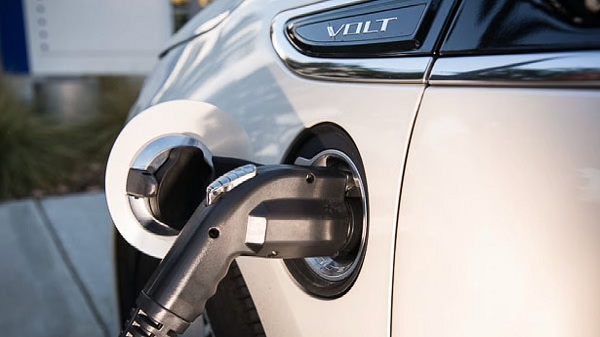
 Automotive2 days ago
Automotive2 days agoCarney’s exercise in stupidity
-
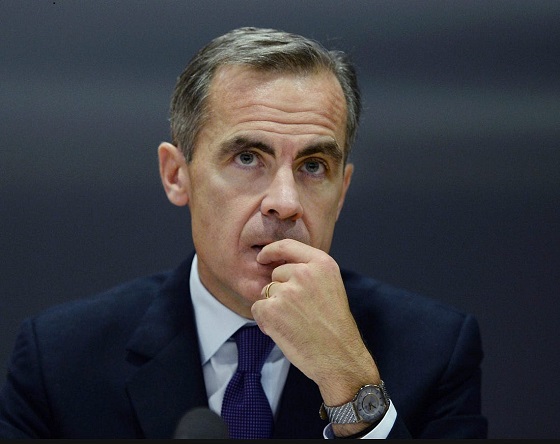
 National13 hours ago
National13 hours agoPreston Manning: “Appearing to Cope” – Is This The Best We Can Do?
-

 Business24 hours ago
Business24 hours agoHigh Taxes Hobble Canadian NHL Teams In Race For Top Players
-
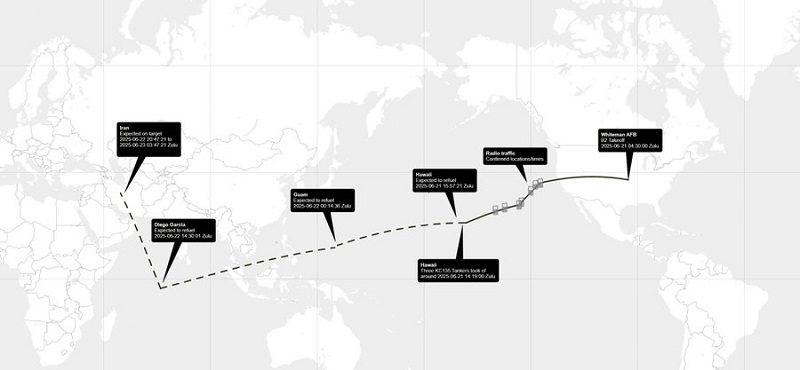
 International13 hours ago
International13 hours agoTrump’s Strike on Iran Reshapes Global Power Balance, Deals First Blow to Beijing and CRINK Axis
-
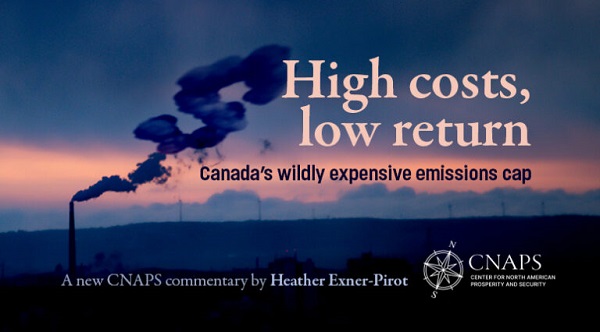
 Alberta2 days ago
Alberta2 days agoHigh costs, low returns – Canada’s wildly expensive emissions cap
-
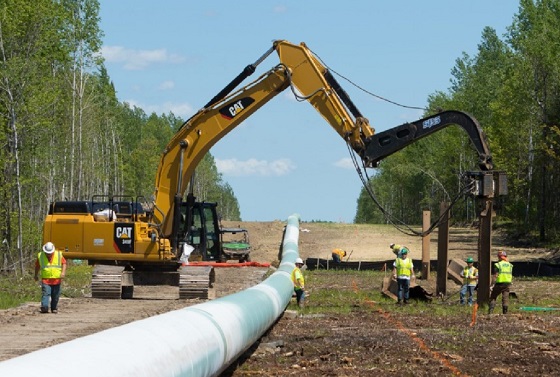
 Energy16 hours ago
Energy16 hours agoEnergy Policies Based on Reality, Not Ideology, are Needed to Attract Canadian ‘Superpower’ Level Investment – Ron Wallace
-

 conflict15 hours ago
conflict15 hours agoU.S. cities on high alert after U.S. bombs Iran
-

 armed forces14 hours ago
armed forces14 hours agoHow Much Dollar Value Does Our Military Deliver?



